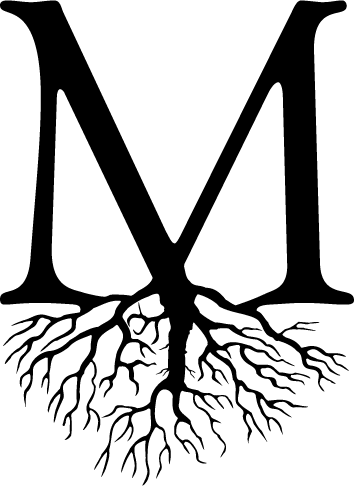Origins
Biodynamic agriculture is based on the work of Austrian scientist Dr. Rudolf Steiner. He was approached in the 1920s by a group of European farmers who were concerned that the quality and yields of their crops were diminishing as they practiced modern industrial agriculture. To warn against the environmentally destructive view of a farm as a factory and the use of unnatural pesticides and synthetic fertilizers, he gave a series of lectures in 1924 promoting the idea of a farm as a self-sustaining living organism. He revitalized traditions practiced for thousands of years in agricultural development, coupled with modern innovation, to bring about a blend of natural harmony and science. This is modern Biodynamics, and what we practice today.
Rudolf Steiner’s concept of “the farm as an organism” led Lord Northbourne, an English Baron and agricultural science professor at Oxford University, to first coin the term “organic farming.”
While the science behind Steiner’s work is not fully understood, Biodynamic agriculture allows us to farm without synthetic chemicals and to use only basic elemental substances that encourage health and vitality rather than focusing on the elimination of pests and diseases. This creates a more diverse and complex farm ecosystem that is more hospitable to the vines, and we feel this is reflected in the quality and character of the wine we produce with less variation year-to-year.


